The Lost Flowers of Alice Hart, a drama series from Australia, is by women, about women, and for women. It’s full of secrets and slow revelations. It’s quietly beautiful and ultimately full of hope and love.
The Lost Flowers of Alice Hart centers itself on a flower farm run by June Hart (Sigourney Weaver). Women in the Hart family owned the farm for several generations.
Meet the Characters in The Lost Flowers of Alice Hart
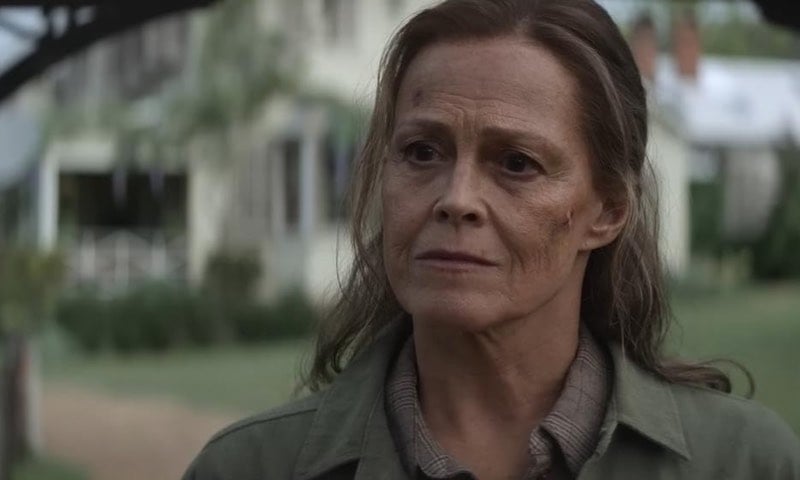
The farm was a refuge for many women over many years – women who had been hurt and abused by their fathers, brothers, husbands, sons, and strangers. Those women were sheltered there until they healed in body and spirit. June called the women flowers.
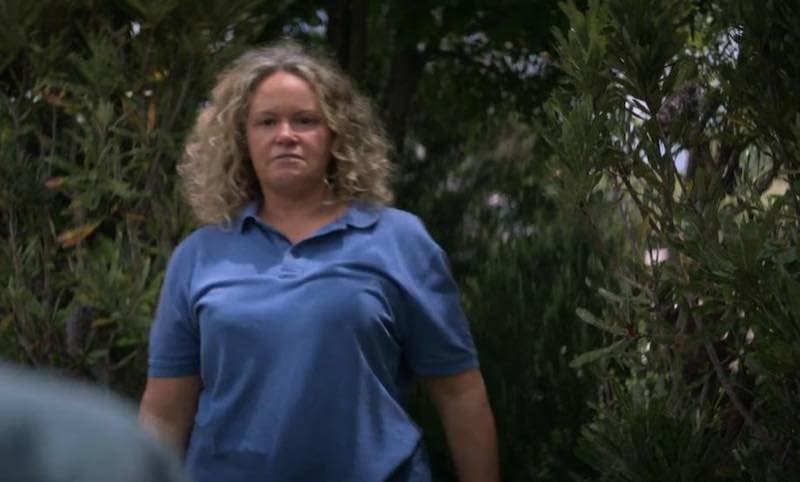
June was a lesbian. Her partner, Twig (Leah Purcell), lived there with her. Their adopted daughter Candy (Frankie Adams) was a permanent resident, too.
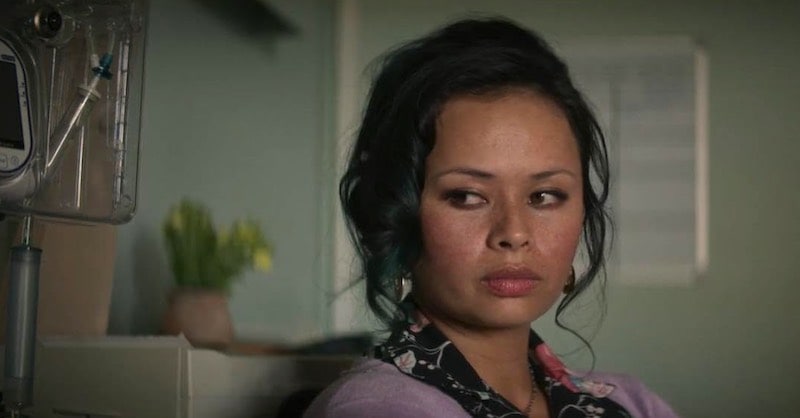
June also had a biological son, Clem (Charlie Vickers). Clem was a talented woodcarver. And, he was an abuser. He was sent away from the flower farm after he attacked and almost killed his mother.
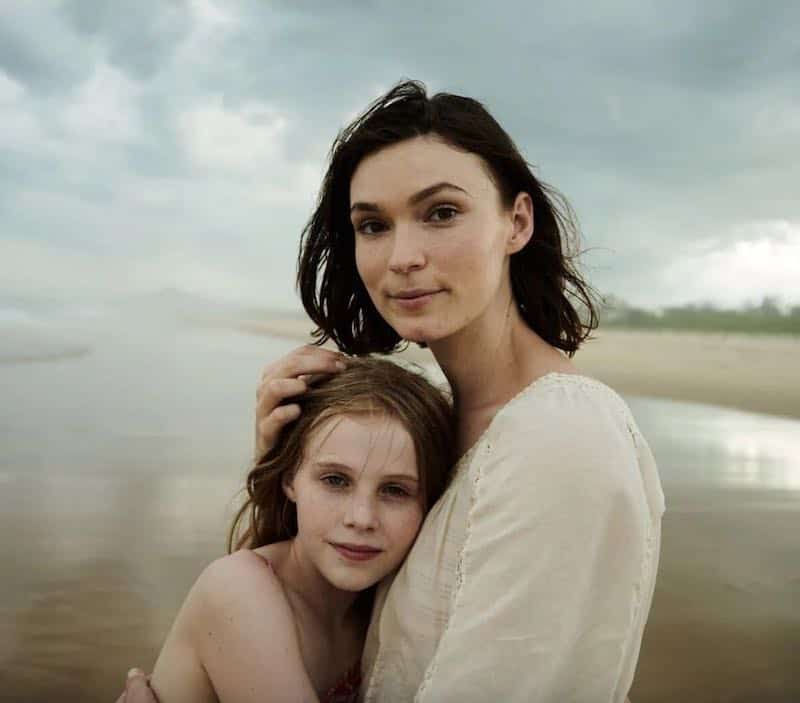
Clem married one of the flowers, Agnes (Tilda Cobham-Hervey). They had a daughter named Alice (Alyla Browne as a child and Alycia Debnam-Carey as an adult).
Clem, Agnes, and Alice lived away from the farm. When Alice was about 10, her mother was pregnant with another child. There was a fire at their farm. Everyone died but Alice.

Alice took a long time to recover. While she was in the hospital, a librarian named Sally Morgan (Asher Keddie) cared for her and wanted to adopt her. Sally was connected to the Hart family in interesting ways. This connection endured over the years.
Instead, June took Alice to the flower farm and raised her there.
Hiding the truth, keeping the silence
June thought she knew best about everything. Keeping the truth from Alice about many important things was one of the things she thought it was best to do. Twig and Candy both urged her to be more honest with Alice. She remained stubbornly silent.

When Alice was about 25 she learned some of those hidden truths. Not all, but enough to drive her away from the farm. She struggled to invent a new life for herself.
Using flashbacks that went back decades sometimes, June’s secrets were slowly revealed. The series itself was slow. It was thoughtful and quiet. Inside that quiet, there was an emotional electricity that reached out and spoke to women who’ve been abused or hurt by a man. It was both tender and powerful.
Through June’s character, the story explored why women stay with abusers, why they return to them after leaving, why they remain silent. This was subtle and quiet rather than preachy.
Through Alice’s character, the story explored how growing up in a home full of violence and danger affects children. It showed the ways that violence can linger like an imprint in the child’s DNA and affect choices in adulthood. Again, this wasn’t done in a preachy way. It was showing, not moralizing.
Every flower had meaning. Those meanings were explored in each episode. Among the women at the flower farm, flowers were a form of communication. They were used instead of words.
The series was shot in Australia. One of the things I appreciated about the story was how Leah Purcell as Twig and Shareena Clanton as Ruby were given the space to explore their aboriginal roots and lore. These scenes weren’t strictly necessary to the progress of the main plot. However, they added meaning about the bond of motherhood and about the way women care for and shelter women.
The Lost Flowers of Alice Hart was created for television by Sarah Lambert based on a book by Holly Ringland. It was directed by Glendyn Ivin. All seven episodes of this limited series are now available on Prime Video.
If you’ve already seen this series, I’d love to know what you thought about it. Leave a comment below.
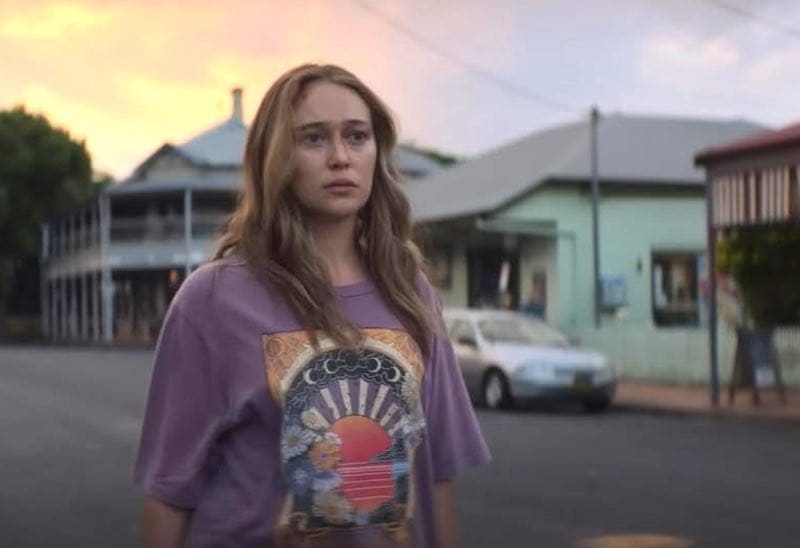
It is interesting that while the pace was slow, the story and performances are so good that it held my attention. I will be finishing up the last two episodes this weekend. As always, a great review.
Thanks for reading!
Thank you for another great recommendation!
Glad you’re finding it good, too. 🙂
I didn’t enjoy this series. Overall, it felt more like a collection of events than a story. In a nutshell, my issues were: implausible characterizations; gaping plot holes; distracting plotlines; over-reliance on exposition; poorly developed themes; choppy narrative structure; writing and directing that did little to make sense of what was happening, and more importantly, why.
So, what did I enjoy? The cinematography. It was the only thing that delivered any emotional impact (for me). The downside of the success of the photography, though, was to leave the impression the director valued the beautiful outer landscapes over the complex inner landscapes of the main characters.
That sums it up. Many details below. I should mention I have not read the novel. Spoilers likely ahead.
ALL PLOT, LITTLE CHARACTER: As often happens when novels are adapted for film or TV, the narrative becomes heavily plot-driven, with the focus on easier-to-dramatize events. Events themselves don’t draw us emotionally into stories, or provide psychological insight, particularly so in psychological dramas like this one. Rich characterizations (and excellent acting) accomplish that. I kept waiting to care about these characters, but I never did.
Which brings me to the characters . . .
ALICE. A remarkably forgettable protagonist, and for reasons too frustrating and numerous to articulate.
JUNE. This character made no sense at all. Maybe in the adaptation she became a mishmashed composite of characters from the novel? She claims to have lost the power of her voice and needs Alice to help her find it; yet June has the strength of will and self-confidence to live openly in defiance of norms. She also has the courage to patrol her property with a gun wearing a badass hat, no less. Sounds like plenty of Voice to me! And speaking of that gun, when she could have and should have used it, she allowed herself to be beaten to a pulp instead. Something she has done multiple times, no less! We aren’t given any real insight into her psychological complexity (masochism), at least not in a way that felt heroic (or just made sense).
SALLY. As I experienced it, though Sally’s story related loosely to one of the sub-themes (betrayal of trust), it did not contribute strongly to the dominant theme (loss of voice and agency); nor did the adulterous relationship make any sense, particularly who she had it with. While the dead child plotline connected with other story elements, it was not as thematically relevant, which means it could have been reduced or altered to achieve greater story pace and focus.
TWIG. To me, the story of Aboriginal women and their lost voices (due to institutional racism and domestic abuse) was more tangential to the main theme (loss of voice and agency) than Sally’s story. Twig and June are life partners, thus strongly connected emotionally. They have similar traumas, but have had different life-shaping and self-defining experiences – all of which brings lots of room for deep conflict to drive the story and thus deliver emotional impact. Twig’s plotline was attached like a third leg, making it possible to think her story “wasn’t strictly necessary to the progress of the main plot“. Twig’s story was relevant personally, culturally and thematically, but as written, her primary role was rescuing the White women (June and Alice) – a very troublesome trope!
MALE STEREOTYPES. Once again a woman’s story is told by demonizing men who victimize women. There wasn’t any development or nuance given to Dylan’s character, or to June’s son. Relying on toxic male stereotypes to create drama doesn’t challenge women to become more aware of, and responsible for, the choices we make, and why.
LACK OF DRAMATIC IMPACT. At times when the audience should have been engaged emotionally, we are simply told something *has happened*. There were conflicts that weren’t dramatized at all. Besides losing the chance to give the story emotional power, opportunities for gaining character insight were lost. Some examples: Alice’s choice of Dylan over the nice-guy vet; June’s controlling behavior towards teen-aged Alice and the disintegration of their relationship; Alice and Oggi’s transition from platonic childhood friends to grown-up romantic partners.
NARRATIVE STRUCTURE AND PLOT HOLES
1) Unnecessary flashbacks made the story choppy and confusing.
2) The flashforward from Alice as a child to Alice as an adult was extremely jarring.
3) I assume the guy who assaulted June was arrested, convicted and hoisted back to prison
4) Toby, the dog, was as real a character as anyone else, one of the true connections Alice had as a child. His loss would have contributed to her trauma and grief, but we aren’t shown any sense of loss of this connection. We deserved to know what happened to him.
5) Contrivance. It seems to me that Agnes could have just slipped a note to Sally with June’s address in one of the books rather than cryptically underline words in them. Or just told Alice the address. And exactly how did June learn of her son’s death, anyway? Likely, I missed a plot detail, or two, or three.
6) The long-delayed BIG REVEAL of the fire fell flat. Too much material had been withheld in order to fabricate suspense. (I think Alice’s baby brother not dying in the fire would have been a better twist; though that would have likely required a total restructuring of the story from the novel.)
THEMES. As I experienced The Lost Flowers of Alice Hart, the dominant theme was voice and agency, with related themes of generational trauma, toxic secrets, betrayal, abuse (childhood and domestic). There are probably more that I’m forgetting or didn’t notice. Most, at least the ones I cared about, were uncompellingly explored. That last scene was about as preachy as anyone can get and not be in a pulpit. At this point, there was much eye-rolling.
And so ends my dissertation, LOL! If you made it this far, thanks for reading.
Gosh, Gwen, thanks for the dissertation. I read and appreciated every word. You should have your own blog, you’re good at this.
I’ve never been a Sigourney Weaver fan although now I think it may have been more that the types of movies she was in were not to my taste. In this she was inspiring and demonstrated an inner involvement with her character that never wavered even she was so controlling and manipulative.
Apart from that I got masses of good feelings, recognition of self-responses, recognition of folk I’ve known who have shown similar behavioural attributes etc.
I’ve never been an Asher Keddie fan, regarding her acting prowess as about 6.5/10 on a good day. In this case I think Sally wasn’t very well written or acted.
Leah Purcell was her usual very competent and involved self and I looked forward to her every appearance. Wouldn’t want to cross her though!
All the rest were competent and effective.
I thought the overall production values were good, as was the plot.
I loved the flower theme.
And the fact there were a couple of dogs included in a few scenes.
I also appreciated the fact that a place like that, a rescue place where women can feel safe and have meaningful paid work, and that it was displayed so effectively here.
Maybe one day domestic violence will end, but until that mythical Arthurian day, we need more of places like this.
Thanks for the comment. I, too, am grateful places like this exist. They are needed.